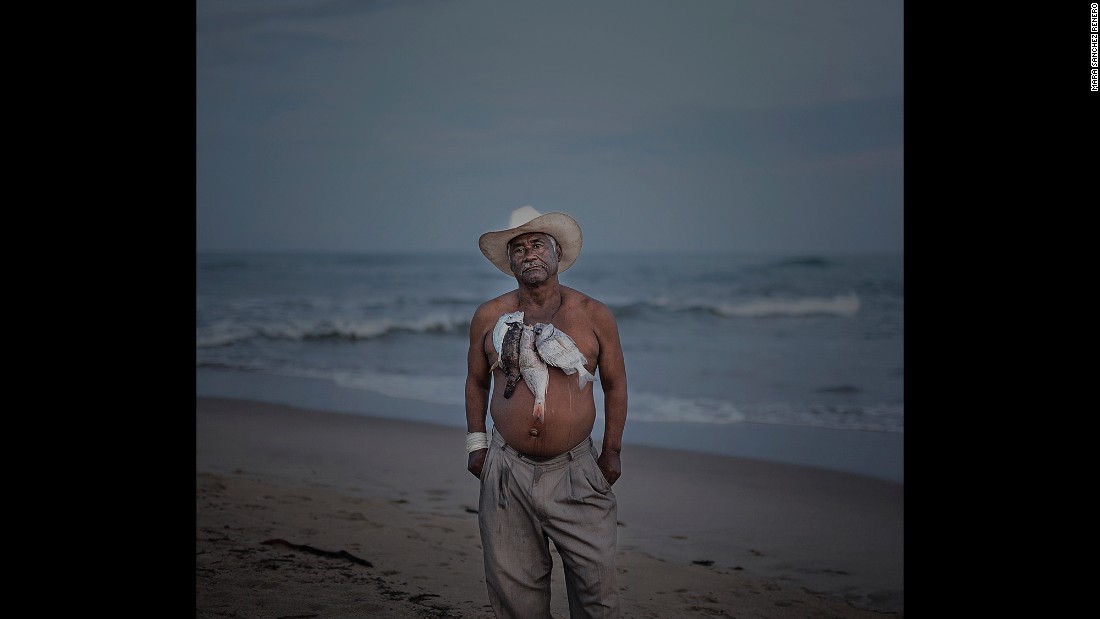Breaking the silence on Afro-Cuban historyPosted in Anthropology, Articles, Caribbean/Latin America, History, Media Archive on 2015-07-26 23:51Z by Steven |
Breaking the silence on Afro-Cuban history
Daily Kos
2015-07-26
The news of the re-opening of Cuba’s embassy in the U.S., and America’s embassy in Cuba, was covered worldwide this past week, garnering particular interest in the Caribbean and Latin America, and in Cuban-American communities in the U.S., in stories like this: Cuba opens Washington embassy, urges end to embargo:
The Cuban flag was raised over Havana’s embassy in Washington on Monday for the first time in 54 years as the United States and Cuba formally restored relations, opening a new chapter of engagement between the former Cold War foes.
Cuban Foreign Minister Bruno Rodriguez presided over the reinauguration of the embassy, a milestone in the diplomatic thaw that began with an announcement by U.S. President Barack Obama and Cuban President Raul Castro on Dec. 17.
Underscoring differences that remain between the United States and Communist-ruled Cuba, Rodriguez seized the opportunity to urge Obama to use executive powers to do more to dismantle the economic embargo, the main stumbling block to full normalization of ties. For its part, the Obama administration pressed Havana for improvement on human rights.
But even with continuing friction, the reopening of embassies in each others’ capitals provided the most concrete symbols yet of what has been achieved after more than two years of negotiations between governments that had long shunned each other.
Watching the symbolic event, which has been a long time coming, I couldn’t help but notice the three young men chosen to raise the Cuban flag, and I feel sure that their selection was purposeful, making a Cuban statement about who Cubans are racially.
Cubans are very aware of U.S. racial strife, historically and in the present day, and Fidel Castro has had a very particular relationship with the African-American community.
Follow me below for more…
Read the entire article here.

